The theater students in Yo-EL Cassell’s College of Fine Arts freshman movement class appear to be having such a rollicking good time that it’s easy for an observer to forget how demanding the work is, how intense the focus. Barefoot and clad in black, the 15 men and women are an organism unto themselves as they fan out, congeal, slither, pounce, and sprint their way across and around the roomy dance studio. There is a method to their seeming madness, and it stems from Cassell’s rich and varied career as a choreographer and dancer and his belief that students experience movement “not only for movement’s sake, but to treat it as an authentic channel through which they can express their inner truth.”
What does that mean? Cassell, a CFA assistant professor of movement and Boston Landmarks Orchestra resident choreographer (and a Commonwealth Shakespeare Company former choreographer), is in his element when he deconstructs and lends meaning to the strange alchemy he inspires in his students, most of whom are theater majors. “Think of your breath as a comma rather than a period,” he urges before guiding them to imagine they are walking on sand, but without leaving a deep imprint. He shifts from silence to music and asks the students to respond to it—“but don’t feel like you need to dance.”
For acting majors, movement is an essential foundation of their craft, which is why the required course—Movement I: Freshman Performance Core—is two semesters long. (He also teaches an advanced movement class for seniors.) Audiences tend to notice movement mainly when something is not right: a stride too stagey, a stance too studied, an affected pose that seems comic when that wasn’t the director’s intent.
“Our bodies,” says Cassell, “are the material we have to work with.” His hope for his students is to “find appreciation in all that life has to offer and to collect everything they sense around them as fuel for their imagination.” Through the class, he says, “we bring attention to the intention.” Taking a break to share impressions and experiences, a class member speaks of challenging herself “to try something different, to get out of my patterns.” Another describes finding the fun and the joy in the work. “The most beneficial thing,” Cassell notes on his BU website, “is to build a reputation of integrity, a sound, committed work ethic, and a genuine generosity that allows people to feel connected to your work, but most importantly, to you and your makeup. The idea is not to impress anyone, but to impress the work you do. The work will hopefully speak for itself.”
“Yo-EL exudes a positive and permission-giving energy that is core to his teaching. He wrestles with the imagination and allows it to transform into physical life through a process that is as rigorous as it is playful,” says Jim Petosa, School of Theatre director. “This is a theater artist who is meticulous, challenging, and magical—the best kind.”
The great choreographer Twyla Tharp used to open her rehearsals, Cassell says, by having her dancers “doodle” around the studio floor. As students arrive for his class, they do just that, their moves guided by motives and emotions known only to them. One may be writhing like a worm while another might curl into herself in a childlike pose. Others lurch around the floor like zombies. When their teacher begins to offer instruction, it’s something basic: follow your inner child. Within seconds the students are skipping, tumbling, or scooping each other up for piggyback rides. “Feel free to vocalize,” says Cassell, unleashing a chorus of giggles, hoots, and ululations. “See how the legs inform the whole body,” he exhorts, one of a series of prompts to improve the students’ focus. The exercise concludes with a visceral cry of “WA-KAH!”
Next, out comes a bucket of tennis balls, which Cassell hands around with instructions to roll them among one another, but “let the ball come to you.” Another exercise has students couple to maintain constant eye contact as they move. Much of the proceedings involve developing the skill to place one’s body in space, maintaining a sharp awareness of the way others move around you. To observe his class is to witness organized chaos, body awareness, and role-playing. But an important component—managing impulsivity—involves restraint. For one exercise, Cassell stands at a wall and positions students in a cluster several feet away, facing him. They are instructed to approach him over a single minute while moving forward in equal increments. It’s a kind of inverse sprint and it demands complete concentration, so much so that a few students admit that they’d forgotten to breathe.
Cassell is an accomplished dancer who has performed with Ringo Starr’s Shining Time Station, the American Mime Theatre, the Pearl Lang Dance Company, and the Palissimo Dance Theatre’s Off-Broadway production of Blind Spot, and when he speaks of dance, he wants students to transcend the concept of “steps.” Much of what they’re doing, he says, is overcoming a fear of ecstatic, full body involvement. He refers often to the importance of the inner child and the notion of play. “This class is designed through a lens of childhood development and how movement informs play,” he says.
His approach was honed largely by his work with young people. Cassell was program manager for Boston Ballet’s Citydance, a program that provides free movement education to more than 3,000 public school children in Boston.
A small, compact man with an intense, direct gaze and a gentle authority, Cassell speaks often of joy—in teaching, in choreographing, and of course, in dancing. Students speak of the effect of his gift. “The class literally changed the way I communicate, and not just in my head,” says one male student. “It changed my paradigm about everything.” For his teacher, those revelations came early. Although he’s a proficient lip-reader and speaker, he is hearing-impaired, and this has had a profound effect on his personal journey.
“I often tell people that if I wasn’t hearing-impaired, I don’t think I would be as fully invested in movement practice as I am,” he says. He attended a school for the deaf at age three, where he took a creative movement class that encouraged students to roar like lions. “I remember feeling alive. I remember feeling ecstatic and joyful,” he says. His hearing impairment “allowed me to look at things in a different way, to connect to senses that I probably wouldn’t have connected as deeply to, specifically to touch, feeling rhythm, feeling connection with each other.”
Over his many years of teaching, choreographing, and working as a movement director in the theater, Cassell has created a teaching method he refers to as “a thoughtful fusion of various movement and theater approaches, one that stresses the importance of incorporating personal identity with a strong technical foundation.” The key, he says, is to balance the importance of owning, in equal measure, “the ecstatic and informative self in and outside the walls of movement study.”
Making Art with Bodies
In the following video, watch a spontaneously generated piece of movement art created by Yo-El Cassell and eight of the freshmen in his Movement I class.
“The above movement material was spontaneously generated specifically for the camera using principles I have been teaching my freshmen students throughout their first year of movement practicum,” says Yo-EL Cassell, a College of Fine Arts assistant professor of movement. “Our eight performers were each asked to bring along an object that spoke to them—you will see an old video camera, a rolling pin, a violin—and guided to select four gestures, each connecting to the senses. These gestures open the piece. While every performer has an individual set of tasks, they are brought together as a coherent unit by a collective rhythm response; every gesture has a count, 1-2-3-4. We also play with two contrasting tempos: at one point, two standing actors reach toward one another at a sustained pace, while the seated actors drum rather quickly. As the rhythm continues, you will notice two actors connecting with tissue—muscle and bone—listening and responding to each other physically. An actor with a clock in his arms is guided to change his landscape and play with topography—pattern making—standing up and traveling deliberately to a different area in the space. Another actor then releases his violin into the air, which causes a kinesthetic response for the rest of the ensemble—all of the actors physically respond to his physical call.
“As suddenly as it started, the rhythm then drops off, providing a moment of uncertainty that leads into the recital of a monologue. One of our actors is asked on the spot to select any piece that speaks to her, and she choses Gabriela’s tree monologue, from Jose Rivera’s play References to Salvador Dali Make Me Hot. While the actress recites, the actors supporting her are instructed to keep building her up—making sure she doesn’t fall. One actor asks if she can sing, another asks if he can continue throwing the paper, filling the space with sound and with motion. The actress performing the monologue is guided to recite her words with heavy weight and a mixture of tempo, as well as play with her focus, to keep those lifting her as well as the audience involved in her experience. The entire piece is created with no story attached, simply guidelines to which the actors can respond. The goal is for the audience member to feel like a partner, encouraging him or her to formulate their own interpretation.”


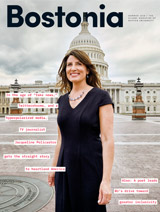
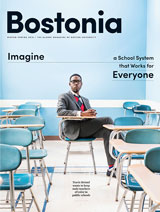
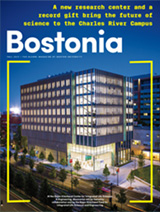

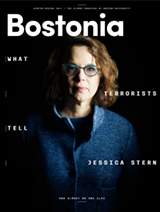
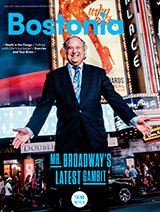

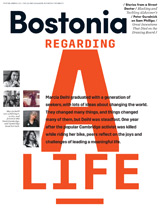
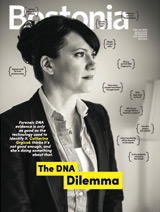
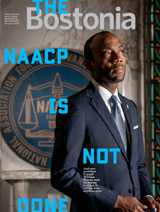
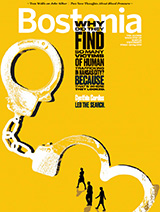



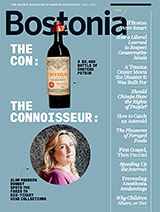
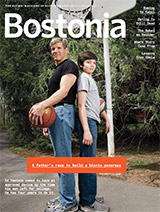
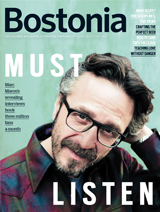

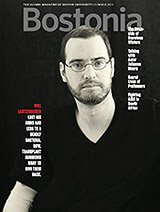
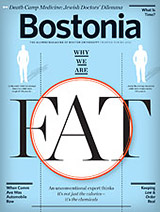

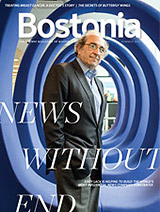




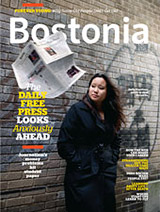
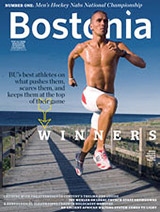
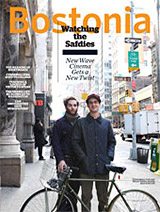

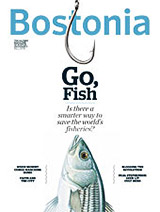

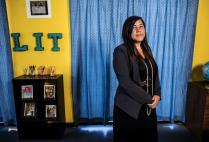
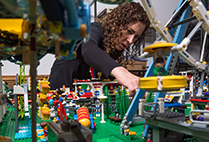

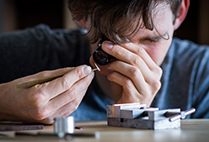
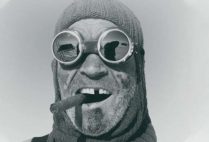

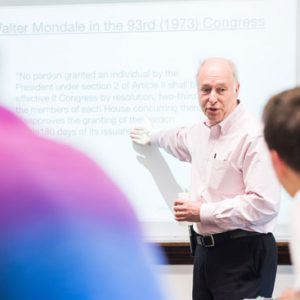
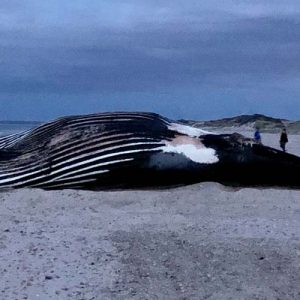
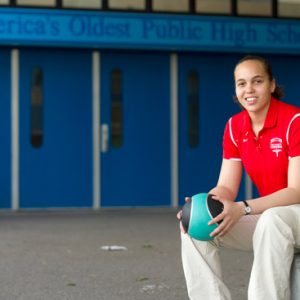
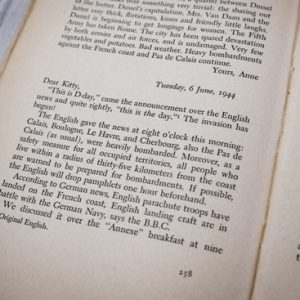
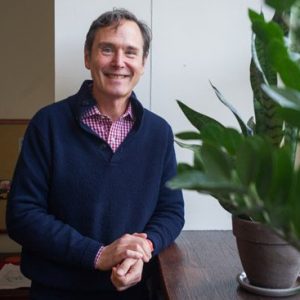


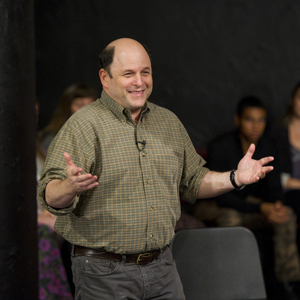


Professor Cassell is a dynamic and enriching professor, clearly evident in these videos and attached article. BU and the city of Boston is lucky and blessed to have him on their esteemed roster of faculty members.
What a tremendous Professor!